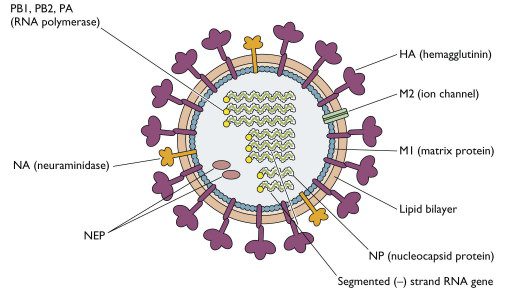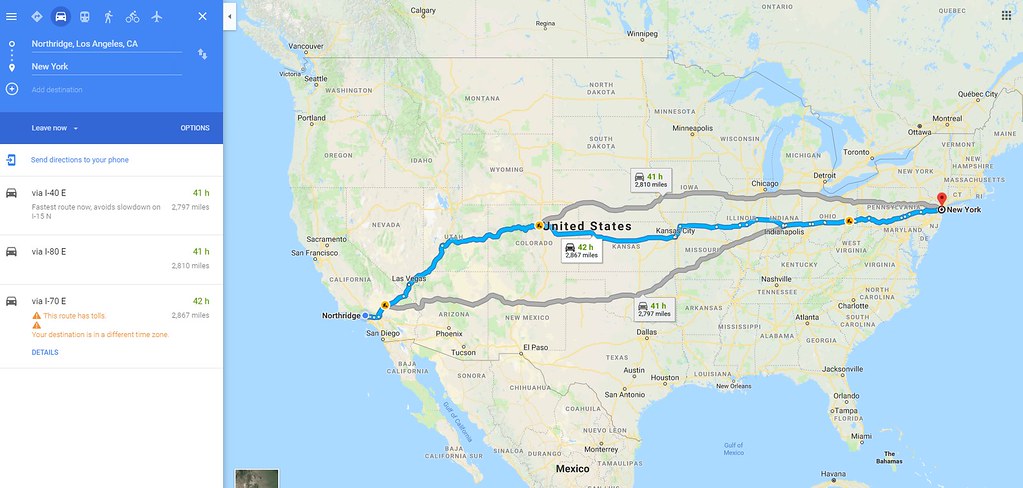 |
| Source:PermanentCultureNow |
Today is Cesar Chavez Day. In case you need a quick reminder of who Cesar Chavez is, here is the introductory excerpt from Wikipedia:
Cesar Chavez (born César Estrada Chávez,[1] locally [ˈsesaɾ esˈtɾaða ˈtʃaβes]; March 31, 1927 – April 23, 1993) was an American labor leader and civil rights activist who, with Dolores Huerta, co-founded the National Farm Workers Association (later the United Farm Workers union, UFW) in 1962.[2] Originally a Mexican American farm worker, Chavez became the best known Latino American civil rights activist, and was strongly promoted by the American labor movement, which was eager to enroll Hispanic members. His public-relations approach to unionism and aggressive but nonviolent tactics made the farm workers' struggle a moral cause with nationwide support. By the late 1970s, his tactics had forced growers to recognize the UFW as the bargaining agent for 50,000 field workers in California and Florida.
Cesar Chavez was an extremely influential activist who understood that by liberating people to unionize or collectively call for rights -- change could be accomplished. Here is one of my favorite quotes from Cesar Chavez:
"Once social change begins, it cannot be reversed. You cannot un-educate the person who has learned to read. You cannot humiliate the person who feels pride. You cannot oppress the people who are not afraid anymore."
Society needs activists like Cesar Chavez to energize and teach people the simple fact of individual and collective power. Each of us has a right to vote or express our opinions to our elected officials and demand equal rights. Furthermore, if those individual rights are not granted or respected, then individuals can collectively gather (unite) and demand change on a larger (state and national) scale.
Healthcare Policy Change?
Currently, this is occurring to an extent with the students in Florida in regards to changing local and national gun laws. If these students continue to be ignored by politicians, then the most powerful change that collectively can be made is to head to the voting polls and exert their power during elections. This begs the obvious question:
How many citizens need to unite to promote change?
The answer is fewer than one person might think. Don't believe me? Read the excerpts below.
Healthcare has been under attack with the new administration over the last few years. Why should each American citizen not have access to proper healthcare? Especially in an advanced society such as the United States? Activist Ralph Nader suggests that just 10 million people (out of the total U.S. population of 400 million) could change the course of healthcare policy as shown below:
Ten Million Americans Could Bring H.R. 676 into Reality Land—Relief for Anxiety, Dread and FearPolls show that over 125 million adults in our country already favor full Medicare for all, with free choice of doctor and hospital without stifling networks. I say ‘already’ because, as of yet, there is no major national campaign underway showing that an ‘everybody in, nobody out’ system of health insurance costs less, with better outcomes, is simpler, without maddeningly inscrutable or fraudulent bills, co-pays, deductibles and additional trap doors set by a bunch of greedy corporations. The campaigns that exist today are receiving too little on-the-ground assistance for such a widely-supported issue.A super-majority of only 535 members of Congress—Senators and Representatives—can make that decision. The bill—H.R. 676, the ‘Expanded & Improved Medicare for All Act’—is now supported by 121 House Democrats—two thirds of all the Democrats in the House of Representatives. So that’s a good start.H.R. 676 has been referred to several, regular, Committees of the House whose Chairs are all Republican corporatists. So there have been no public hearings. The bill, not surprisingly, is not moving at all.Millions of Americans have had the bitter experience of denials of health care, staggering bills, pay-or-die drug prices and even loved ones dying because they couldn’t afford health insurance (about 35,000 a year based on Harvard Medical School experts). So, in the next month, imagine what would happen, if just ten million of the 125 million who support full Medicare for all wrote, telephoned or emailed their two Senators and Representative demanding action and a written response by their lawmakers (who don’t pay postage).Just ten million Americans making the least difficult effort—perhaps ending with a demand for a town meeting back home to educate the negative solons—would strike the Congressional Dome like a thunderbolt. Are there a dozen leaders among you up for launching such an electrifying internet mobilization?Not to be confused with other lesser health insurance bills, mostly in the Senate, H.R. 676 is the real thing. It covers ‘all individuals in the U.S. with free health care that includes all medically necessary care, such as primary care and prevention, dietary and nutritional therapies, dental services, and vision care.’ No more premiums, co-pays or gaping deductibles.How does H.R. 676 pay for all these services? Five ways:" (1) from existing sources of government revenues for health care, (2) by increasing personal income taxes on the top 5% of income earners, (3) by instituting a progressive excise tax on payroll and self-employment income, (4) by instituting a tax on unearned income (such as on capital gains), and (5) by instituting a tax on stock and bond transactions. Amounts that would have been appropriated for federal public health care programs, including Medicare, Medicaid, and the Children’s Health Insurance Program (SHIP), are transferred and appropriated to carry out this bill."Presently, all Canadians are covered at an average per capita cost half of what Americans—insured and uninsured—are having to spend for health care. The system proposed in H.R. 676 is similar to Canadian Medicare. It includes public funding and free choice of private delivery of health care. It also has provisions for better record keeping, prevention and quality control. There is even transition retraining for all those clerical and administrative jobs that would not be necessary after displacement of the present bloated, wasteful, redundant health care sub-economy.What would happen to the giant health insurance companies such as Aetna and United Healthcare? They would be prohibited from selling insurance that duplicates the benefits provided under H.R. 676. They could only sell benefits that are not deemed ‘medically necessary,’ such as certain cosmetic surgery operations.Rep. Keith Ellison (Dem.-Minn.), the deputy chairman of the Democratic National Committee (DNC), is officially the lead House Democrat on the bill, which indicates that the DNC may be getting a little more interested in endorsing such legislation.Meanwhile, Rep. Ellison is talking it up everywhere he travels. He says:"One of the consistent applause lines we’re all hearing is: ‘We need Medicare for all.” There’s a lot of folks who feel that it’s time for us to organize around that. It’s a better policy, at a better price. People in labor, people all over the country, they’re going to be driving the public conversation, raising the dialogue about this….What some people think is a really important progressive position is just what the rest of the industrialized world does."Medicare for all is what the Pentagon does. It is what President Harry Truman wanted from Congress back in the nineteen forties!! It is time.So will the first ten million Americans step up and be counted by sending messages directly to their Senators and Representatives in the month of April? The amount of time required to send a letter, an email or a telephone call is so brief that activated citizens could be called the modern “Minutemen” for universal health insurance. Just think of all the tasks you do every day that take far more time, like trying to figure out bills, denials, exclusions, from this basic human right.Go to SinglePayerAction.org to get the details, the motivation and the groups with which to connect. The Congressional telephone switchboard is 202-224-3121. Make sure to give your legislators your name and contacts; they’ll take the call or letter more seriously.
Ralph Nader speaks the truth in many ways. Again, one of most profound realizations I have discovered participating in local politics is that the amount of people (citizens) needed to make changes in local government is surprisingly small. Each of us needs to remember that realization and spread the word along with holding this thought with us as we traverse life on a day-to-day basis. We are the ambassador's toward change. Below is an example of collectively uniting to promote change on a national level.
Take for example, a movement of people recently who rallied across the nation to 'save the EPA'. Here is an excerpt from that building movement which had a surprising effect at a national level:
Something amazing happened in Washington last week: Congress rejected Trump’s draconian cuts to the U.S. Environmental Protection Agency’s budget and a host of other critical federal programs. In the end, the president had no choice but to sign the 2018 federal budget into law.None of this could have happened without a groundswell of activism – tens of thousands of citizen petitions and phone calls over the past 13 months, pounding away on lawmakers. Many of them face tough mid-term elections, and the political risk of gutting the EPA ultimately proved too great.It wasn’t Congress that ultimately saved the EPA – it was you.A time to celebrate – and to stay vigilantMy organization alone collected more than 125,000 signatures from people opposing Trump’s plan to slash 30 percent of the agency’s budget. Over the past year, public opinion polls have consistently shown that Americans support clean air and water safeguards, and that they oppose the idea of a decimated EPA.Congress listened and this will mean less pollution, healthier kids and – in the stark terms of Washington calculations – a greater recognition that attacking environmental safeguards is bad politics.It’s a genuine moment for celebration – but also a reminder to all of us that this fight must go on.
Amazing. Can you believe that was accomplished by people around the nation? Imagine if each city in the nation had 100 people on standby to call their respective politicians on any given issue. That would equal millions of people. Politicians would be blown away.
Conclusion...
Change starts from the ground level. Iconic activists such as Cesar Chavez and Ralph Nader can only do their respective parts to energize the masses to collectively demand equal rights and resources. Read more (at the end of the blog post - list of blog posts) from Ralph Nader about how to promote change on various levels. Each of us need to remember that power is within our reach. Further, the ability to collectively gather and demand change is within our reach too. Change demands effort from each of us.
The next time that anyone is complaining about rights and representation, think about this blog post. Ask yourself, what is that individual doing to promote change? If that individual is you, then ask yourself, why are you complaining instead of implementing action? Change is scary. Change is unknown too. In the sense that promoting change entails facing the unknown and possibility of failure (in the form of opposition). Although, when change is implemented, the barrier toward change is progressively and incrementally lowered over time.
Related Blog Posts:
Ralph Nader Suggests To Consumers Reading 'Consumer Reports' Before Impulse Buying
Thoughts: Ralph Nader On A Cashless Economy
Ralph Nader Asks "Will the Federal Civil Service Defend Us?"
Activist Ralph Nader Gives Politicians Advice Post Hurricane Harvey
Activist Ralph Nader Calls To Each Pillar Of Society - A Call To Action.
Can One Community Organization Change Regional Transportation Habits?





























